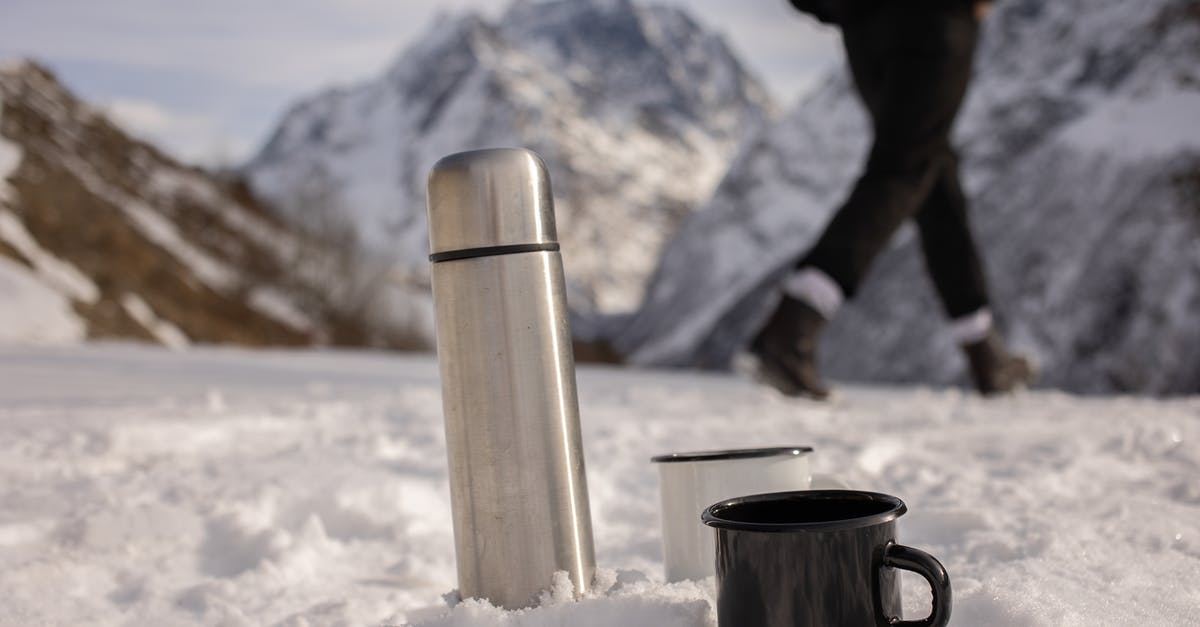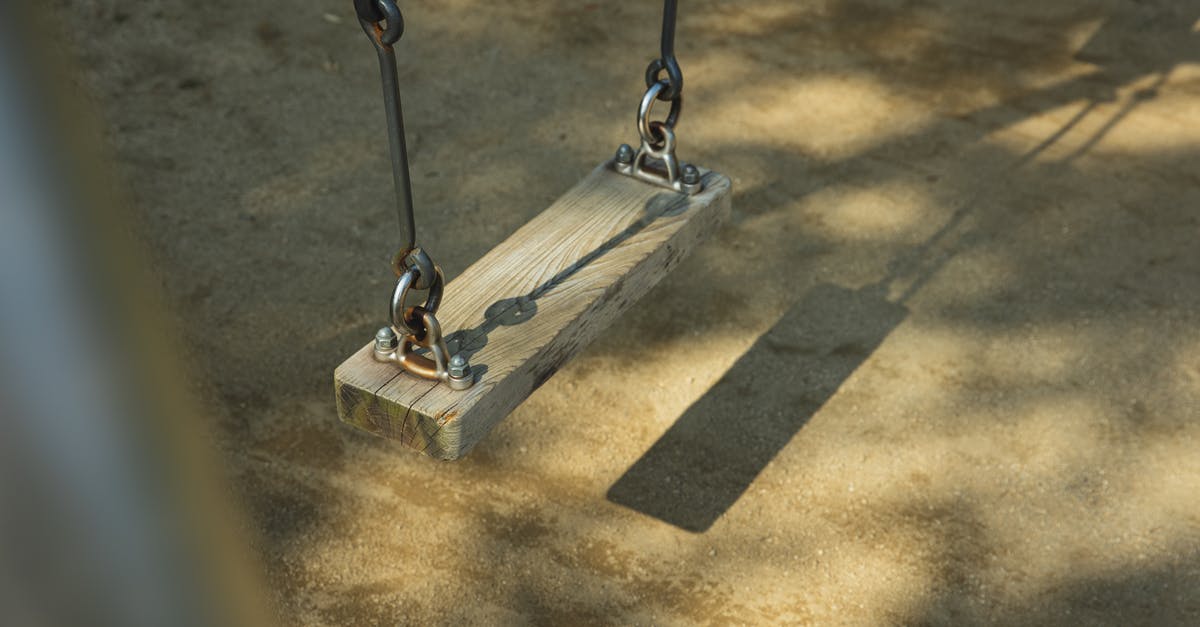Carbon steel seasoning

I know there's dozen of posts and discussion everywhere, but I'm getting pretty confused. Everyone has something different to say : use rapeseed oil, coconut, olive oil, flaxseed, someone in the oven, someone on the stove.. I found two good videos, made by professional people, but they use a different process to season them:
The eggs are moving much better in the second video than any of my non stick pans, and I would like to obtain that result, and possible mantain it, without removing the seasoning.
Which one do you recon works better? I also have an electric stove, so it may be better using the oven instead.
My knowledge is never to wash them under the water. Just remove the sticky stuff using a spatula, put some oil to keep them well and if you need use salt and a paper towel to scrub. I read that someone is deglazing using some water in the process, or scrub them with a a brush under the water (My old chef told me never to do that so.. I'm a bit confused) I am seeking help from the experts... :)
Best Answer
For any plain steel; carbon steel, cast iron etc, but not stainless or non-stick
- Remove previous bad seasonings, or on a new pan remove containments and manufacturing residues
Check the pan surface for any metal protrusions, usually a quick scrape with a hard metal spatula will remove these, if not, consider other methods to remove them. You should be able to run your palm over the surface without cutting yourself
I use a steel scourer pad and some dish soap and scrub it hard and thoroughly. Then heat on a stove or in an oven till it stops smoking. Best to do this outside if you can. Scrub clean again
- Polymerise with high temperature oil
Use the highest temp oil you have in kitchen. I don't think it makes any difference which one you use
Apply a light coating and heat until it starts to fully smoke, let it cool a bit, then apply another layer, repeat until you get bored, or the pan is black
Finish by heating a complete layer of salt, until the salt has fully discoloured. The salt will have absorbed the non-polymerised oil from pan surface
When cool, the surface of the pan should be shiny black, and smooth to the touch. Any sticky bits need more work, any metal protrusions need to be removed
After the pan is uses to cook anything, wash it out with water and soap using a brush, oil very lightly, and re-heat until smoke starts
For Soft sticky things like eggs, do the salt treatment again, just before cooking the eggs
Pictures about "Carbon steel seasoning"



Does carbon steel need to be seasoned?
Just like cast iron, carbon steel needs to be seasoned\u2014this is the process that polymerizes fats heated in the pan and bonds them to the cooking surface, forming a coating that protects against rust and helps food release more easily. The good news is that seasoning carbon steel is quick and easy.How often do you season carbon steel?
I usually repeat the process 3 to 4 times, until the surface turns to a dark brown. I will then use the pan for cooking to naturally build up the patina. If you want the pan to be non-stick as soon as possible, you can repeat the process even more times so the inside of the pan will become almost black.What is the best oil to season carbon steel?
For seasoning and cooking with carbon steel pans, use a neutral oil with a medium smoke point. These oils include canola oil, sunflower oil, grapeseed oil, vegetable oil, and corn oil. Avoid oils with high smoke points since carbon steel cookware heats up very quickly and can burn your oil.What is the best way to season a carbon steel pan?
How to Season a Carbon Steel Pan
More answers regarding carbon steel seasoning
Answer 2
It might be better for you to understand some of the factors involved, and make your own decision how to treat your pan. Below is some basic information I think you will find helpful.
Background: I've successfully reclaimed old, rusty pans, fixed a few that family put in the dishwasher (TERRIBLE IDEA) and so on, and maintain my own regularly.
Cast iron is "seasoned" when it develops a highly carbonized and oxidized surface. This surface coating is both harder and more slippery than the plain iron.
This surface only truly develops with 3 things: High heat, carbon and oxygen in the presence of your pan.
The heat can be provided by a stove, oven, campfire, grill, torch, etc.
The Carbon can be provided most effectively by some kind of oil. I prefer crisco/shortening most. Baconfat second, but that's just an opinion.
The third thing is oxygen. That's in the air, so it is both free and plentiful.
Now, other things to consider. If you have an unseasoned, rusty or poorly seasoned pan, it actually might be best to "start over". Using some kind of abrasive (steel wool, sos pad, even light sand paper) you can remove any unwanted coating, until you get to the grey, dull iron underneath.
Then apply oil, and apply high heat in the presence of oxygen.
Sometimes this coating may take several applications to develop, and will actually get smoother and darker with use. Rubbing with things like salt and whatnot can actually act to kind of polish the surface.
And the best part is, if you truly don't like how an application turned out, scrub it raw, and start over. You'll be removing almost immeasurable amounts of the iron. I have my GREAT GREAT Grandmother's skillet, and it has been seasoned and re-seasoned perhaps a hundred times in its life.
The rest is mostly guesswork, opinion and conjecture.
I hope this helps.
Answer 3

I do the same for the cast iron or carbon steel.
Heat up on stove when new or stripped down. Let it cool to room temp Apply very thin layer of flaxseed Place upside down to oven on high. Do the cycle of coating and baking 3 times.
Sources: Stack Exchange - This article follows the attribution requirements of Stack Exchange and is licensed under CC BY-SA 3.0.
Images: Tim Mossholder, Julia Filirovska, Ryutaro Tsukata, John-Mark Smith
